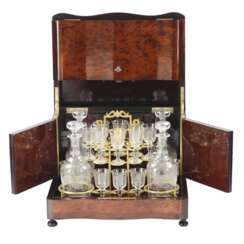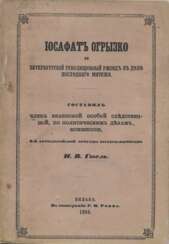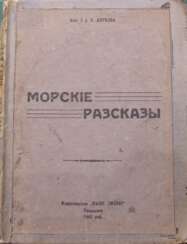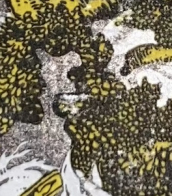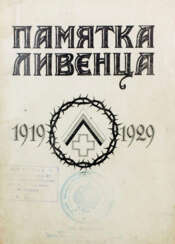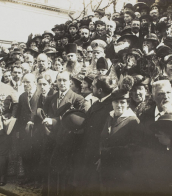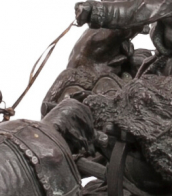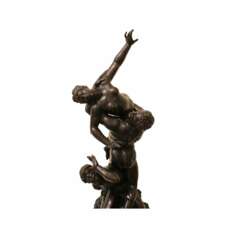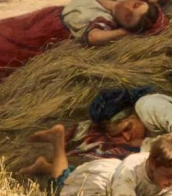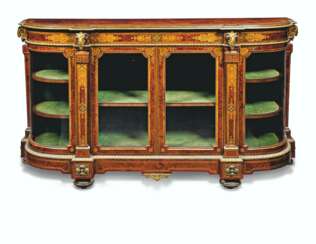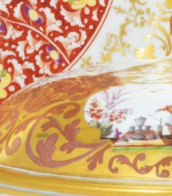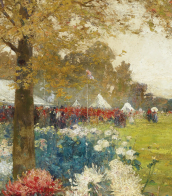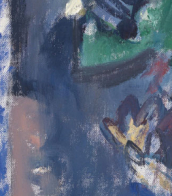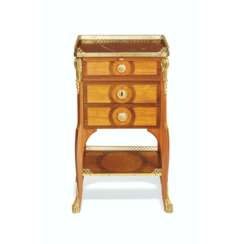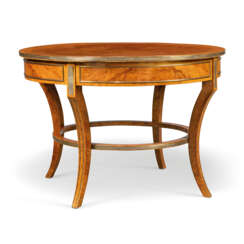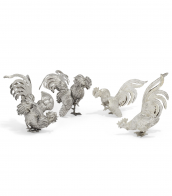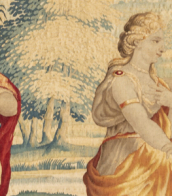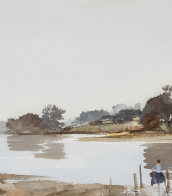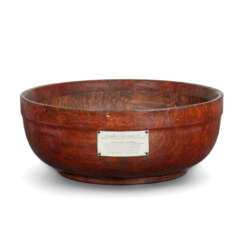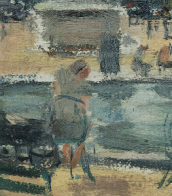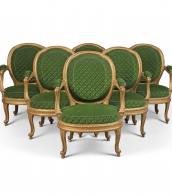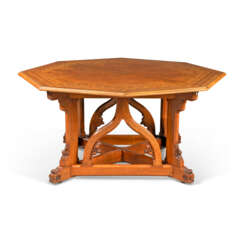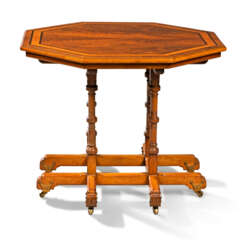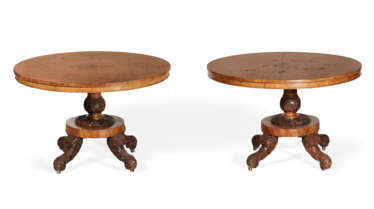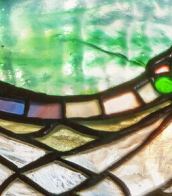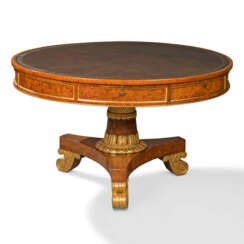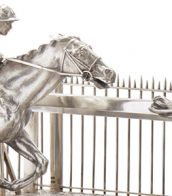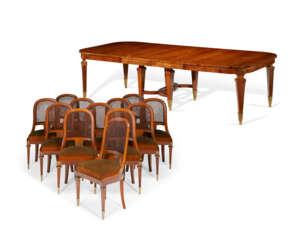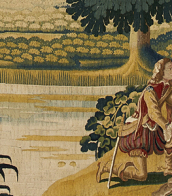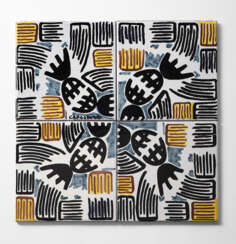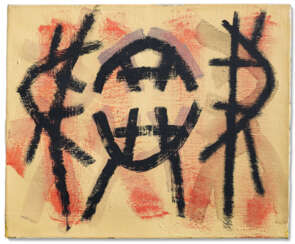капо
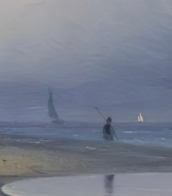
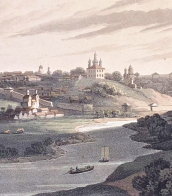
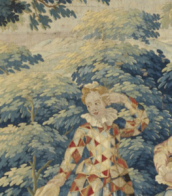
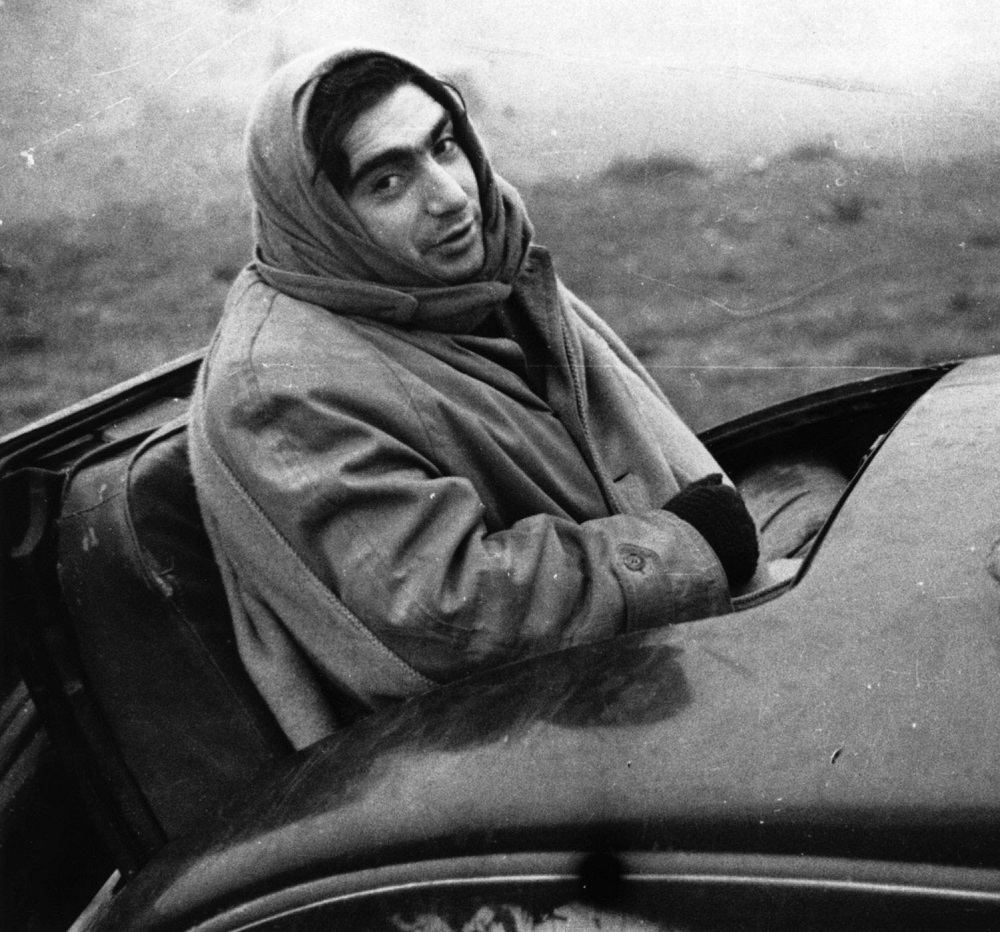
Robert Capa is a Hungarian-American photographer and photojournalist. He is considered one of the greatest war photographers of all time, known for his dramatic images of combat and conflict. Cornell Capa's older brother and a classic of documentary photography.
Capa began his career as a photographer in the early 1930s and soon became known for his coverage of the Spanish Civil War. He went on to cover many major conflicts, including World War II, the First Indochinese War and the Arab-Israeli War.
One of Robert Capa's most famous photographs is Falling Soldier, taken during the Spanish Civil War. The photo depicts a Republican soldier as he is shot and falls to his death. The authenticity of the photograph has been the subject of controversy for many years, but it remains an iconic image of war photography.
Capa also co-founded Magnum Photos, which was established in 1947 as a cooperative for independent photographers. Since then Magnum Photos has become one of the most prestigious and influential photo agencies in the world.
Capa died in 1954 while covering the First Indochina War, stepping on a mine. His legacy as a war photographer and photojournalist continues to inspire generations of photographers and his work remains an important part of photographic history.
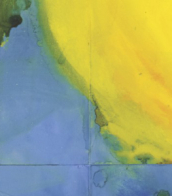
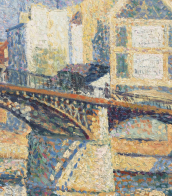
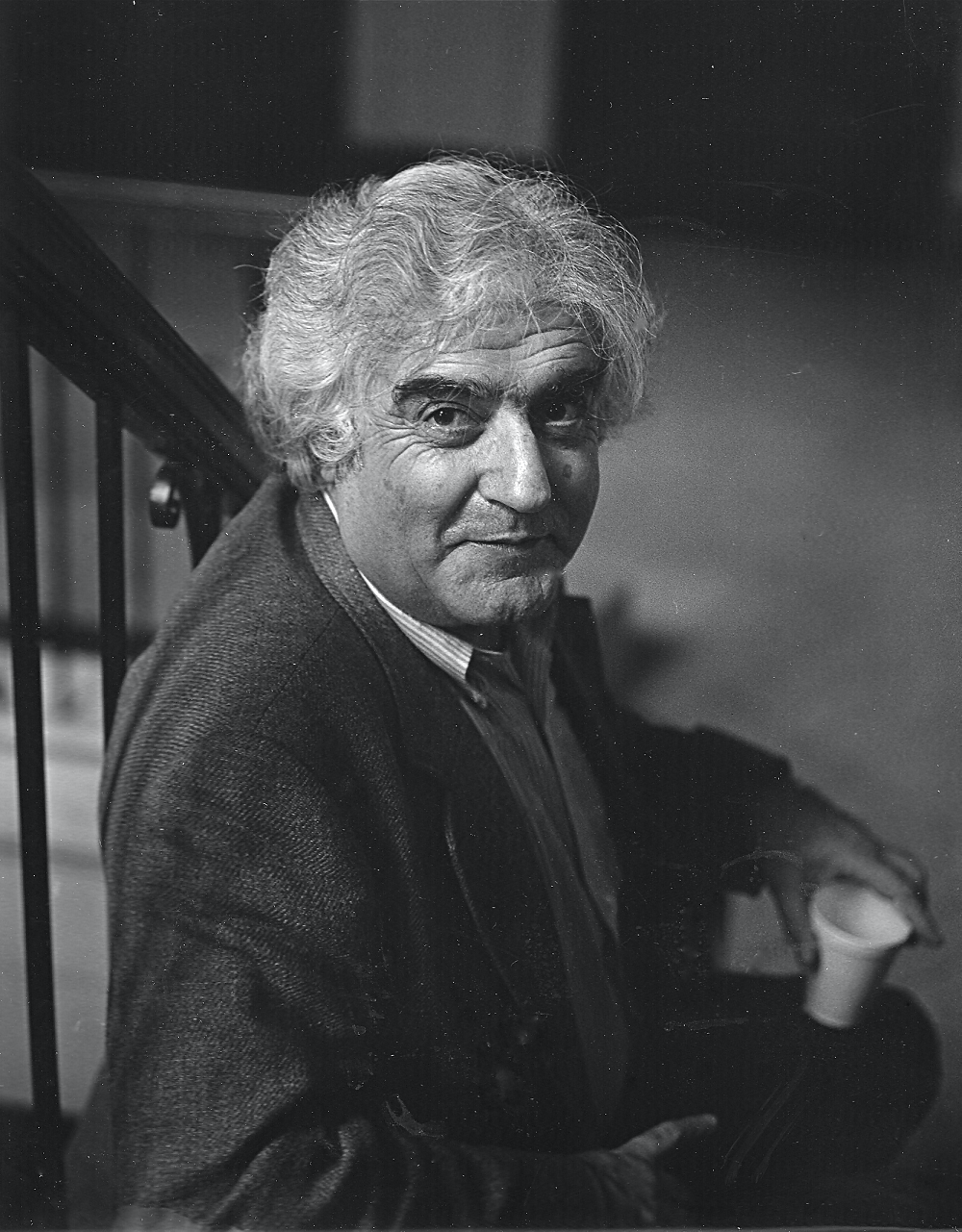
Cornell Capa is an American photographer, photojournalist and founder of the International Center of Photography (ICP) in New York, the younger brother of the famous war correspondent Robert Capa.
Cornell Capa was known for his humanistic approach to photography, often capturing the lives and struggles of ordinary people. Throughout his career, he covered many important events, including the Spanish Civil War, World War II and the Vietnam War. Capa also photographed many famous people including John F. Kennedy, Marilyn Monroe and Pablo Picasso.
In 1974, Cornell Capa founded ICP, which has since become one of the world's leading photography education and exhibition institutions. The ICP's mission is to promote the understanding and appreciation of photography as an art form as well as a means of communication and social change.
Throughout his career Capa has received numerous awards and honours, including the National Medal of Arts in 1988. His photographs continue to be exhibited in galleries and museums around the world and his legacy lives on through ICP.
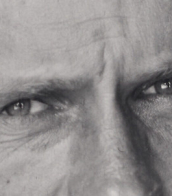
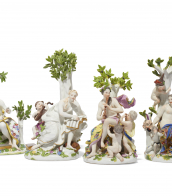

Cornell Capa is an American photographer, photojournalist and founder of the International Center of Photography (ICP) in New York, the younger brother of the famous war correspondent Robert Capa.
Cornell Capa was known for his humanistic approach to photography, often capturing the lives and struggles of ordinary people. Throughout his career, he covered many important events, including the Spanish Civil War, World War II and the Vietnam War. Capa also photographed many famous people including John F. Kennedy, Marilyn Monroe and Pablo Picasso.
In 1974, Cornell Capa founded ICP, which has since become one of the world's leading photography education and exhibition institutions. The ICP's mission is to promote the understanding and appreciation of photography as an art form as well as a means of communication and social change.
Throughout his career Capa has received numerous awards and honours, including the National Medal of Arts in 1988. His photographs continue to be exhibited in galleries and museums around the world and his legacy lives on through ICP.
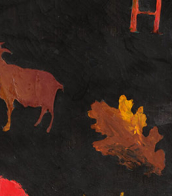
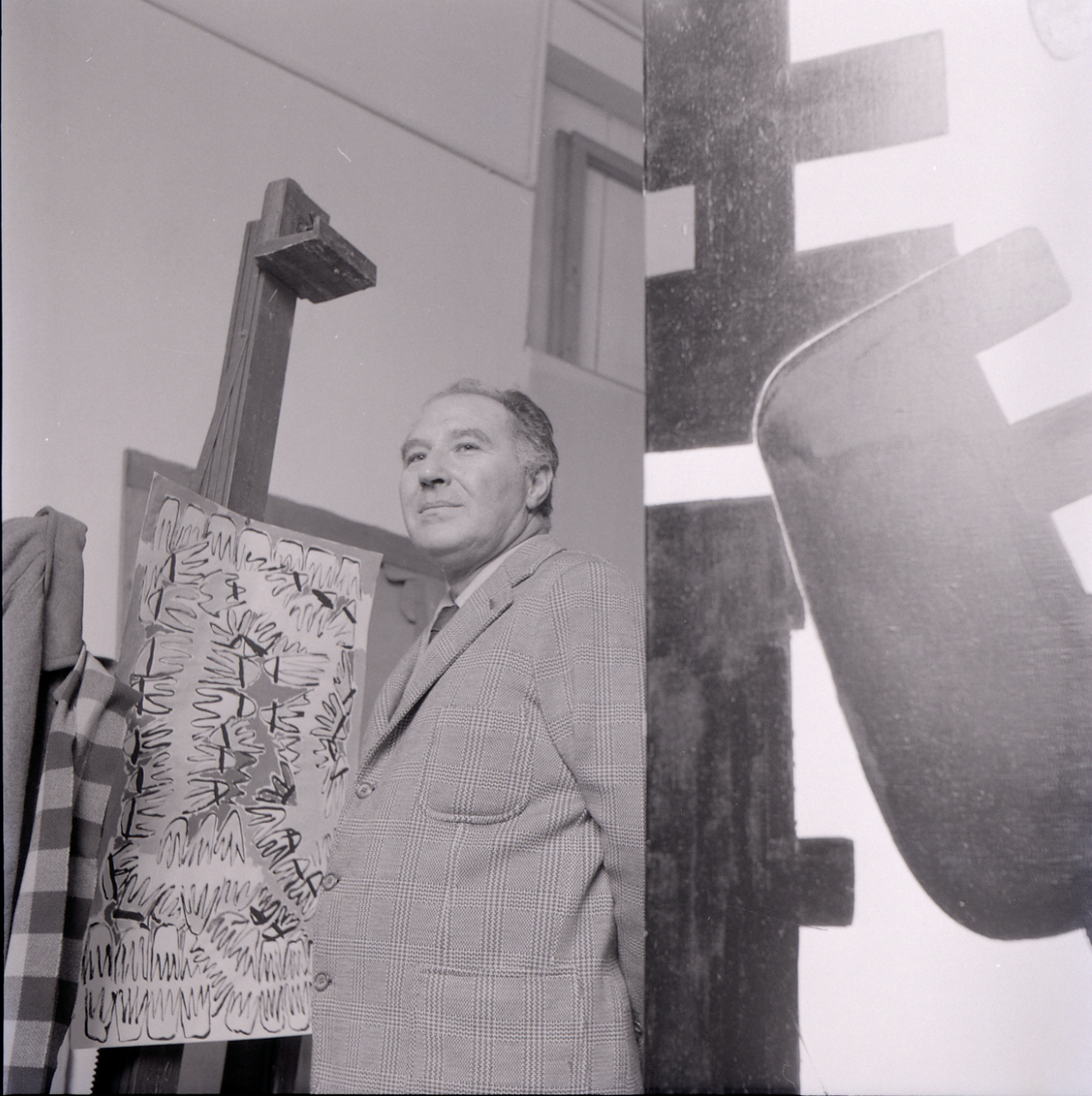
Giuseppe Capogrossi was an Italian painter.
In the years following World War II, Capogrossi's work changed in favour of a more abstract style. His work was part of the painting event in the art competition at the 1948 Summer Olympics.
Capogrossi subsequently became one of the main exponents of Italian informal art, together with Lucio Fontana and Alberto Burri.
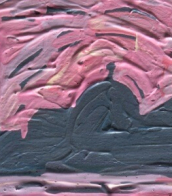

Giuseppe Capogrossi was an Italian painter.
In the years following World War II, Capogrossi's work changed in favour of a more abstract style. His work was part of the painting event in the art competition at the 1948 Summer Olympics.
Capogrossi subsequently became one of the main exponents of Italian informal art, together with Lucio Fontana and Alberto Burri.
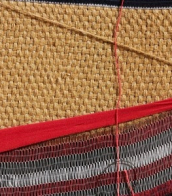

Giuseppe Capogrossi was an Italian painter.
In the years following World War II, Capogrossi's work changed in favour of a more abstract style. His work was part of the painting event in the art competition at the 1948 Summer Olympics.
Capogrossi subsequently became one of the main exponents of Italian informal art, together with Lucio Fontana and Alberto Burri.


Giuseppe Capogrossi was an Italian painter.
In the years following World War II, Capogrossi's work changed in favour of a more abstract style. His work was part of the painting event in the art competition at the 1948 Summer Olympics.
Capogrossi subsequently became one of the main exponents of Italian informal art, together with Lucio Fontana and Alberto Burri.
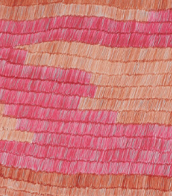

Giuseppe Capogrossi was an Italian painter.
In the years following World War II, Capogrossi's work changed in favour of a more abstract style. His work was part of the painting event in the art competition at the 1948 Summer Olympics.
Capogrossi subsequently became one of the main exponents of Italian informal art, together with Lucio Fontana and Alberto Burri.

